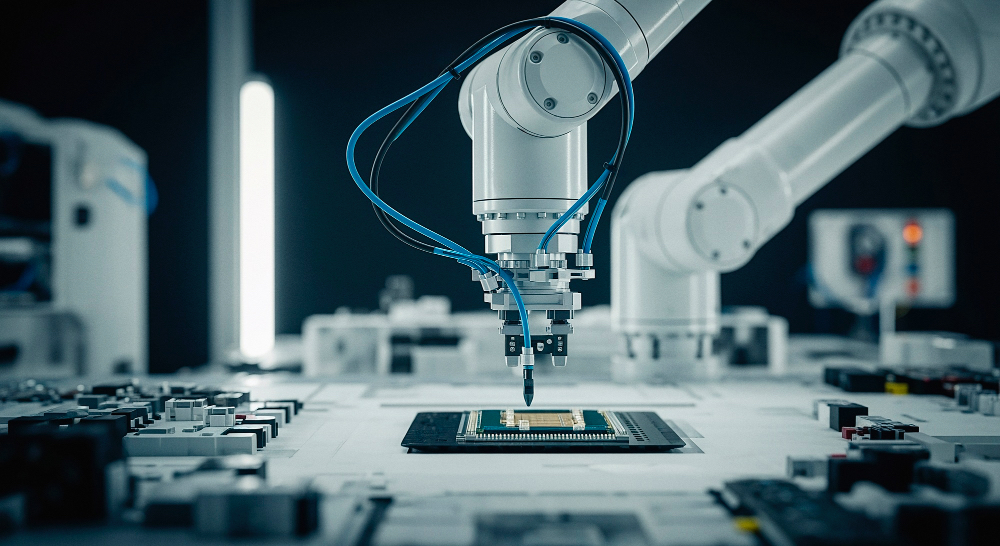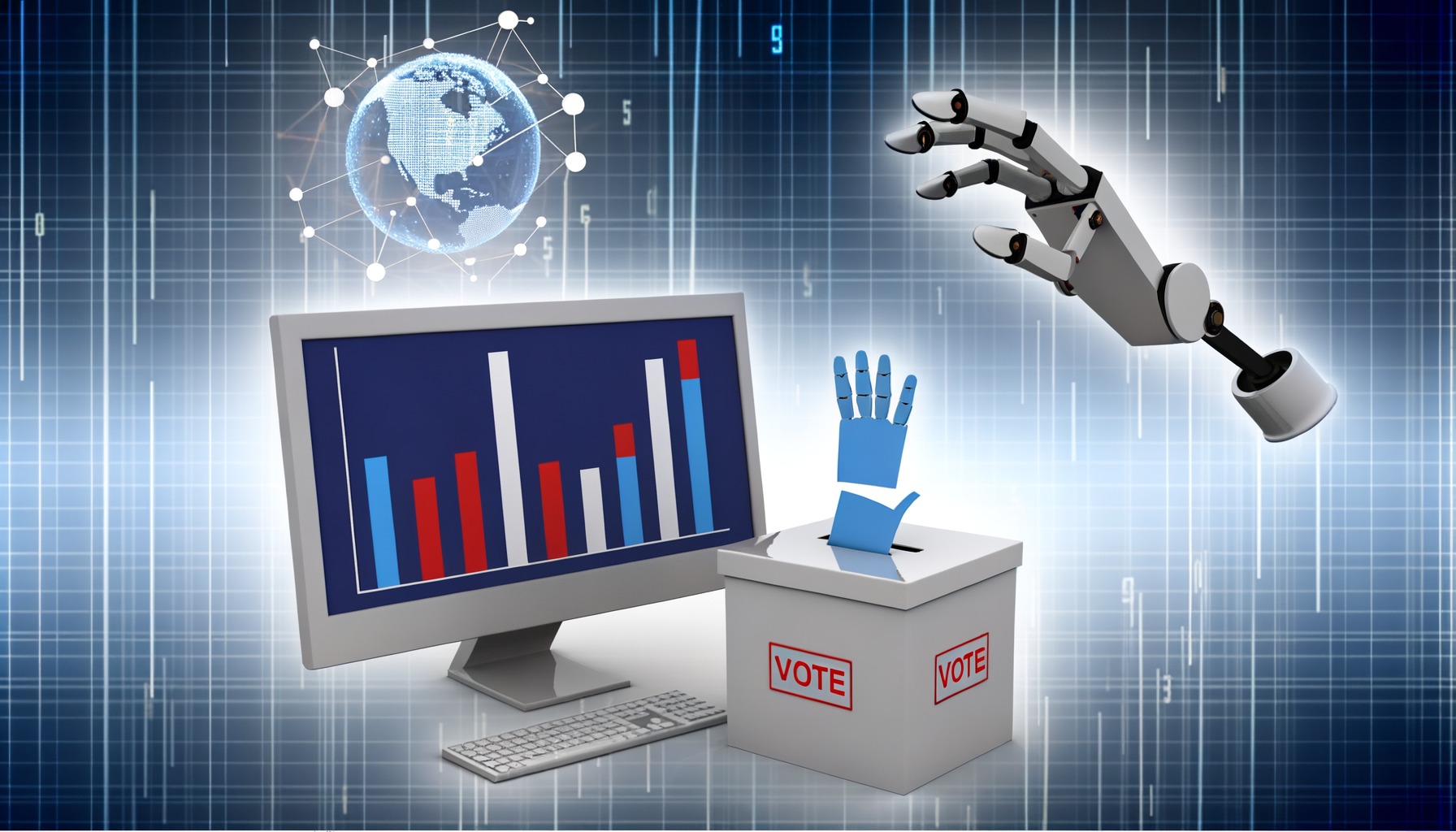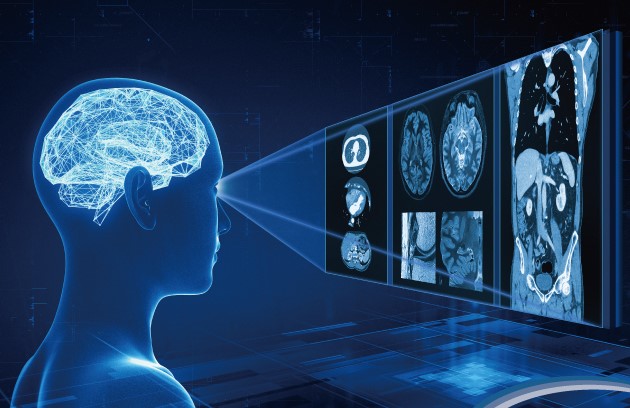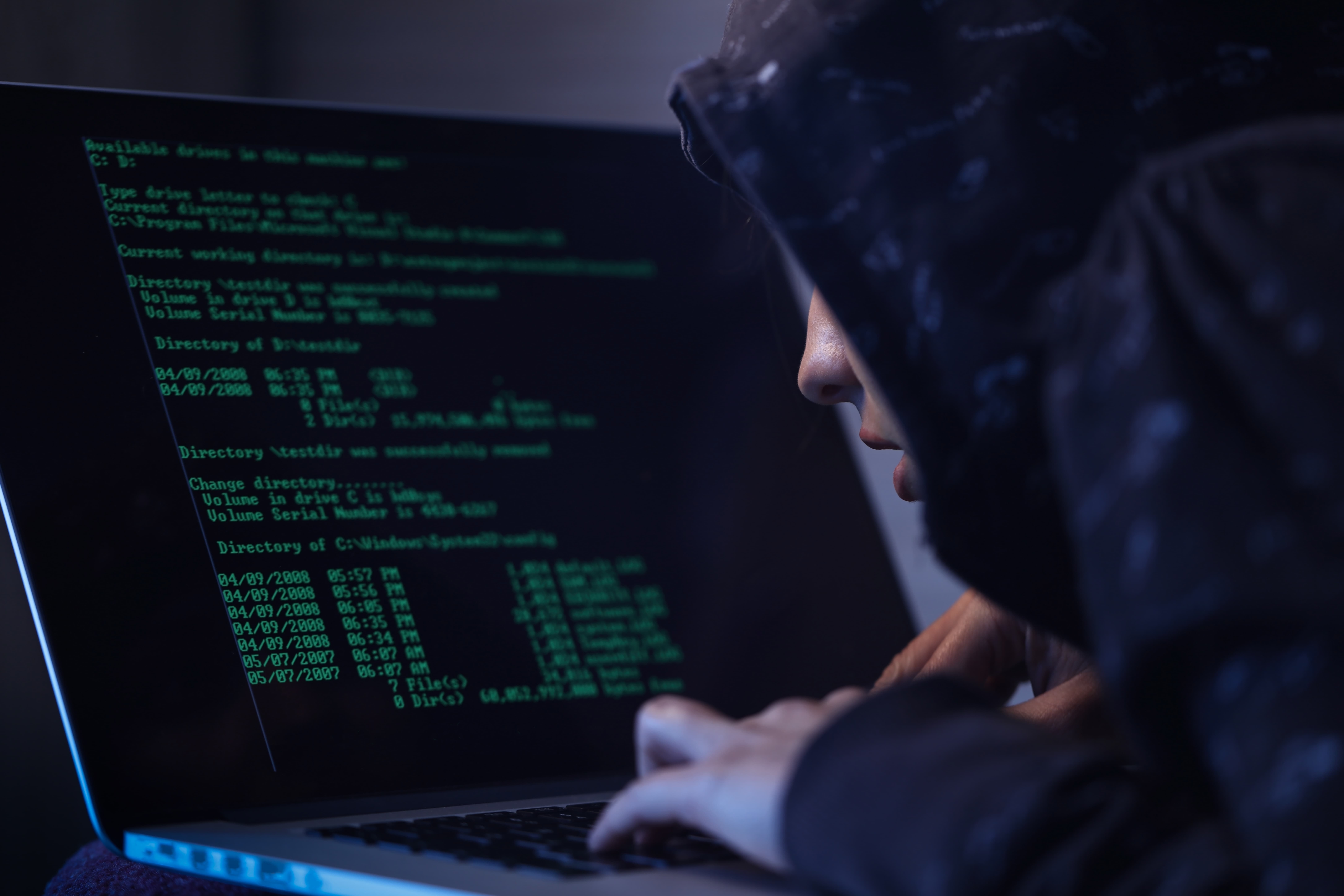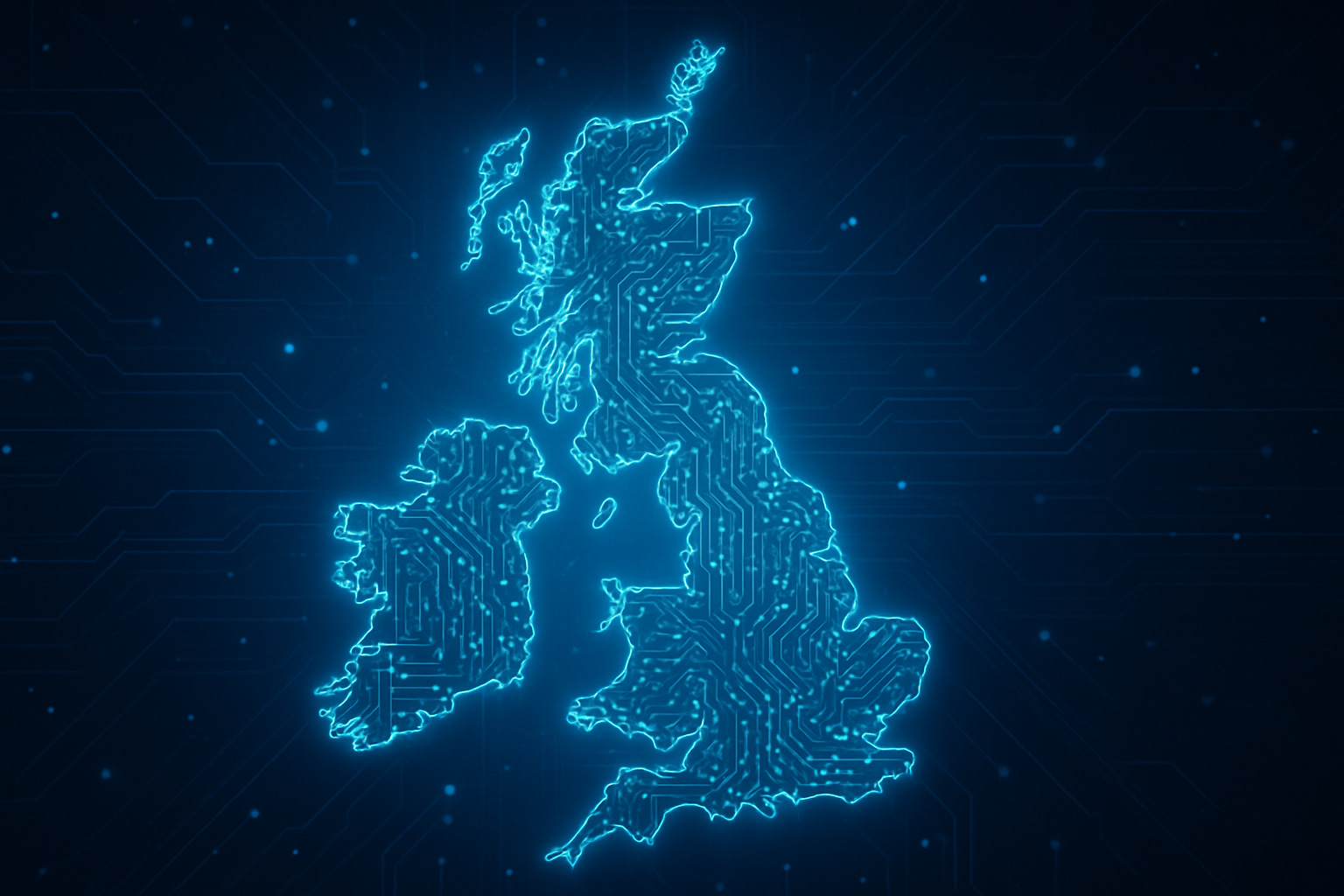OpenAI has launched OpenAI for Australia, a nationwide initiative to unlock the economic and societal benefits of AI. The program aims to support sovereign AI infrastructure, upskill Australians, and accelerate the country’s local AI ecosystem.
CEO Sam Altman highlighted Australia’s deep technical talent and strong institutions as key factors in becoming a global leader in AI.
A significant partnership with NEXTDC will see the development of a next-generation hyperscale AI campus and large GPU supercluster at Sydney’s Eastern Creek S7 site.
The project is expected to create thousands of jobs, boost local supplier opportunities, strengthen STEM and AI skills, and provide sovereign compute capacity for critical workloads.
OpenAI will also upskill more than 1.2 million Australians in collaboration with CommBank, Coles and Wesfarmers. OpenAI Academy will provide tailored modules to give workers and small business owners practical AI skills for confident daily use.
The nationwide rollout of courses is scheduled to begin in 2026.
OpenAI is launching its first Australian start-up program with local venture capital firms Blackbird, Square Peg, and AirTree to support home-grown innovation. Start-ups will receive API credits, mentorship, workshops, and access to Founder Day to accelerate product development and scale AI solutions locally.
Would you like to learn more about AI, tech and digital diplomacy? If so, ask our Diplo chatbot!


